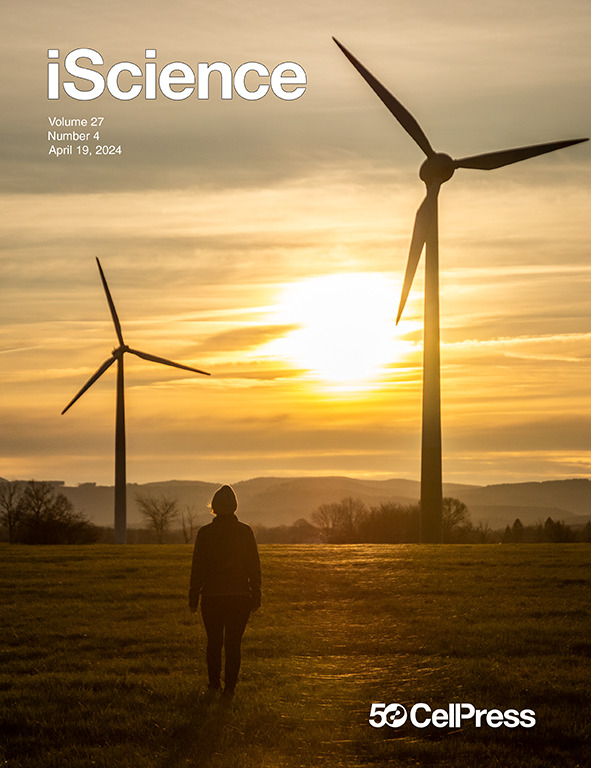Theta-encoded information flow from dorsal CA1 to prelimbic cortex drives memory reconsolidation
IF 4.6
2区 综合性期刊
Q1 MULTIDISCIPLINARY SCIENCES
引用次数: 0
Abstract
Reconsolidation is the process by which reactivated, labile memories are restabilized. Disrupting this process induces retrograde amnesia specific to the reactivated memory, making it a promising therapeutic target for anxiety disorders rooted in maladaptive avoidance. However, the electrophysiological mechanisms underlying reconsolidation are still not fully understood, limiting its translational potential. Here, we show that inducing reconsolidation of a fear-driven avoidance memory in adult male rats increases coherent theta synchrony and directional connectivity between the dorsal CA1 region of the hippocampus and the prelimbic cortex. Optogenetic silencing of dorsal CA1 terminals in the prelimbic cortex during the reconsolidation induction window disrupted this theta coupling and led to delayed memory impairment. These findings demonstrate that reconsolidation depends on theta-mediated information transfer through the direct dorsal CA1-prelimbic pathway and suggest that monitoring or modulating this activity could inform the development of targeted interventions aimed to modify or disrupt distressing, intrusive memories.

从背侧CA1到前边缘皮层的theta编码信息流驱动记忆再巩固
再巩固是重新激活的、不稳定的记忆被重新稳定的过程。破坏这一过程会导致对重新激活的记忆特异性的逆行性遗忘,使其成为治疗源于适应不良回避的焦虑症的有希望的治疗靶点。然而,再巩固背后的电生理机制仍未完全了解,限制了其转化潜力。在这里,我们发现在成年雄性大鼠中诱导恐惧驱动的回避记忆的再巩固会增加海马背侧CA1区域和前边缘皮层之间的相干θ同步和定向连接。在再巩固诱导窗口期间,前边缘皮层背侧CA1末端的光遗传沉默破坏了这种θ耦合并导致延迟性记忆障碍。这些发现表明,再巩固依赖于通过直接背侧ca1 -边缘前通路的theta介导的信息传递,并表明监测或调节这一活动可以为旨在修改或破坏痛苦、侵入性记忆的有针对性干预措施的发展提供信息。
本文章由计算机程序翻译,如有差异,请以英文原文为准。
求助全文
约1分钟内获得全文
求助全文
来源期刊

iScience
Multidisciplinary-Multidisciplinary
CiteScore
7.20
自引率
1.70%
发文量
1972
审稿时长
6 weeks
期刊介绍:
Science has many big remaining questions. To address them, we will need to work collaboratively and across disciplines. The goal of iScience is to help fuel that type of interdisciplinary thinking. iScience is a new open-access journal from Cell Press that provides a platform for original research in the life, physical, and earth sciences. The primary criterion for publication in iScience is a significant contribution to a relevant field combined with robust results and underlying methodology. The advances appearing in iScience include both fundamental and applied investigations across this interdisciplinary range of topic areas. To support transparency in scientific investigation, we are happy to consider replication studies and papers that describe negative results.
We know you want your work to be published quickly and to be widely visible within your community and beyond. With the strong international reputation of Cell Press behind it, publication in iScience will help your work garner the attention and recognition it merits. Like all Cell Press journals, iScience prioritizes rapid publication. Our editorial team pays special attention to high-quality author service and to efficient, clear-cut decisions based on the information available within the manuscript. iScience taps into the expertise across Cell Press journals and selected partners to inform our editorial decisions and help publish your science in a timely and seamless way.
 求助内容:
求助内容: 应助结果提醒方式:
应助结果提醒方式:


